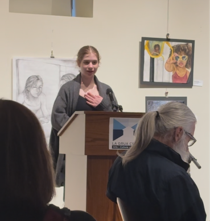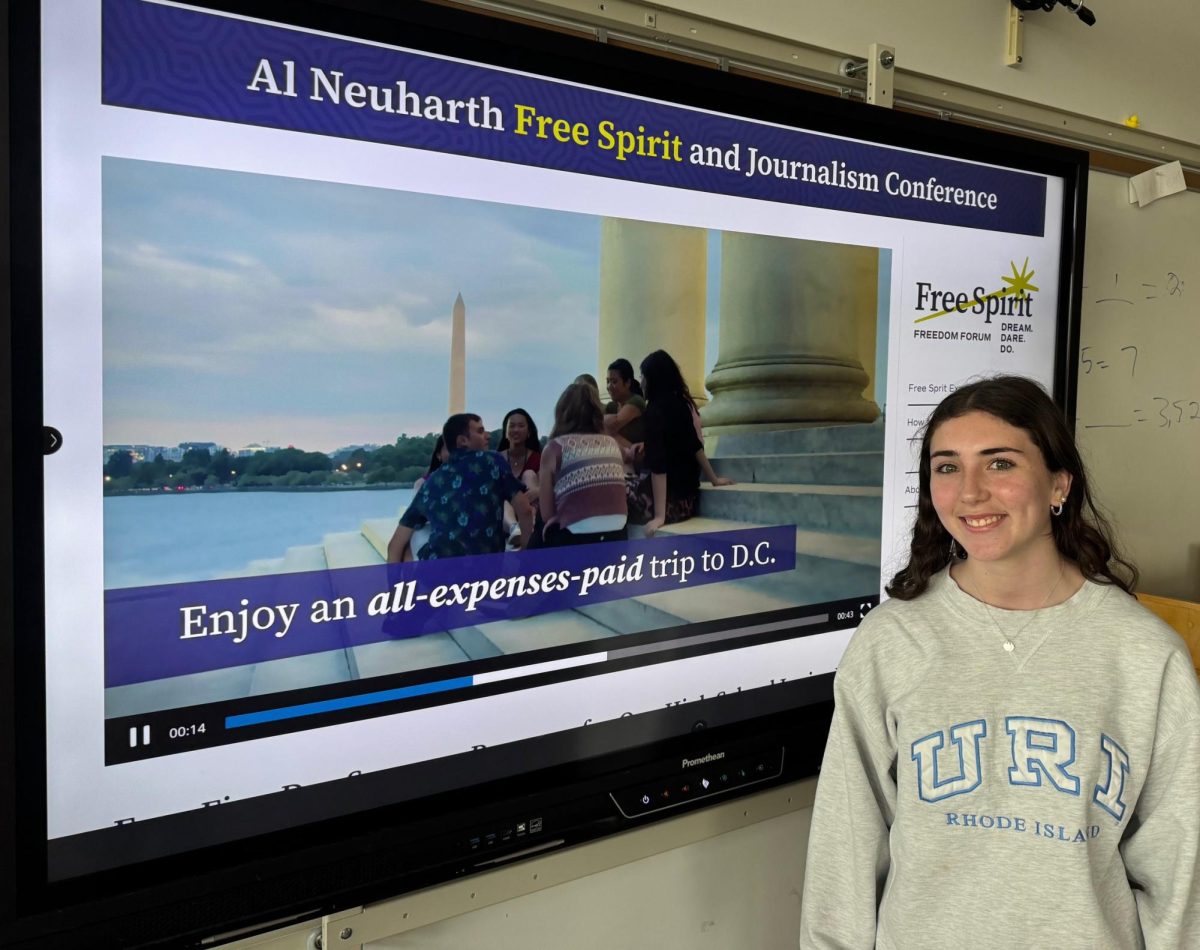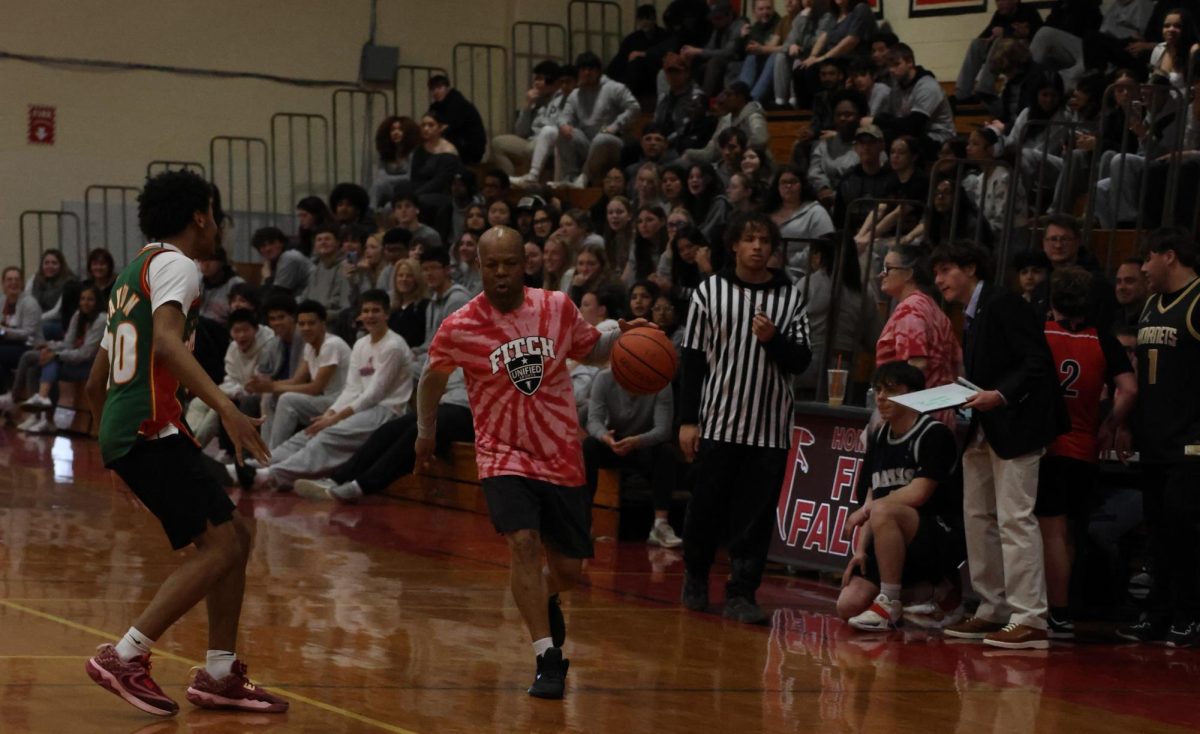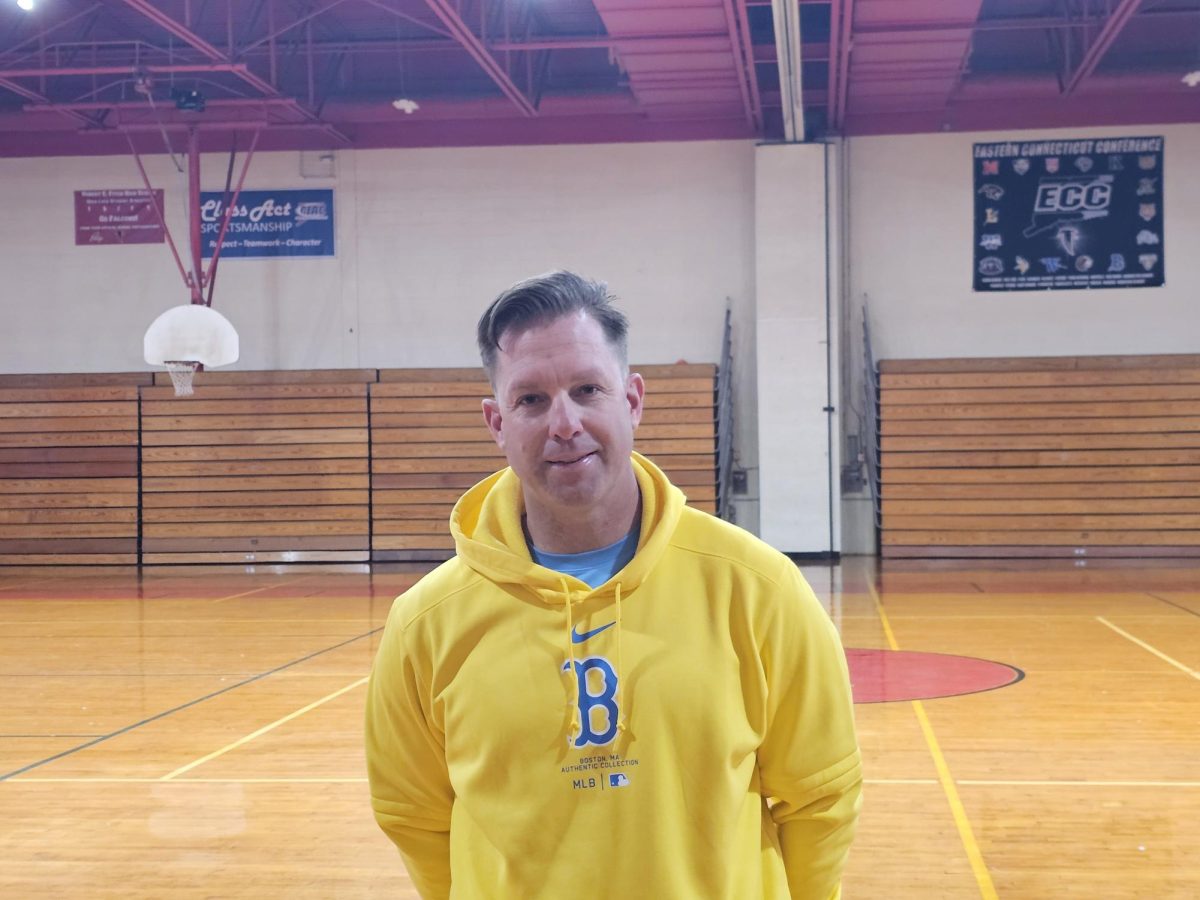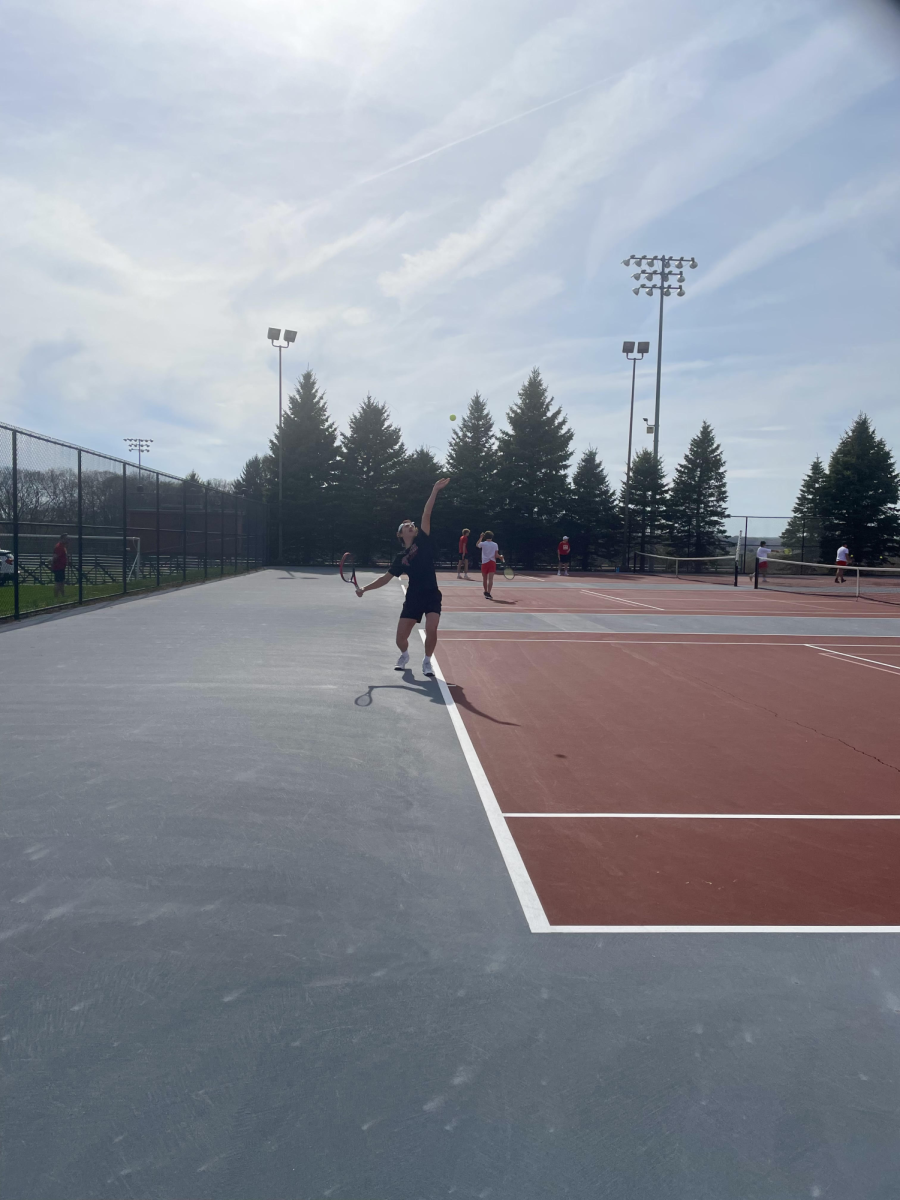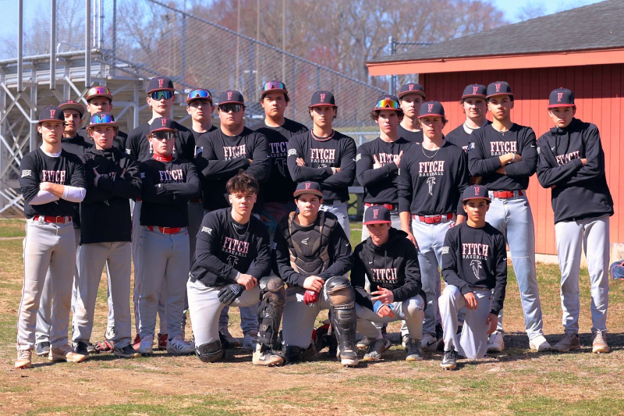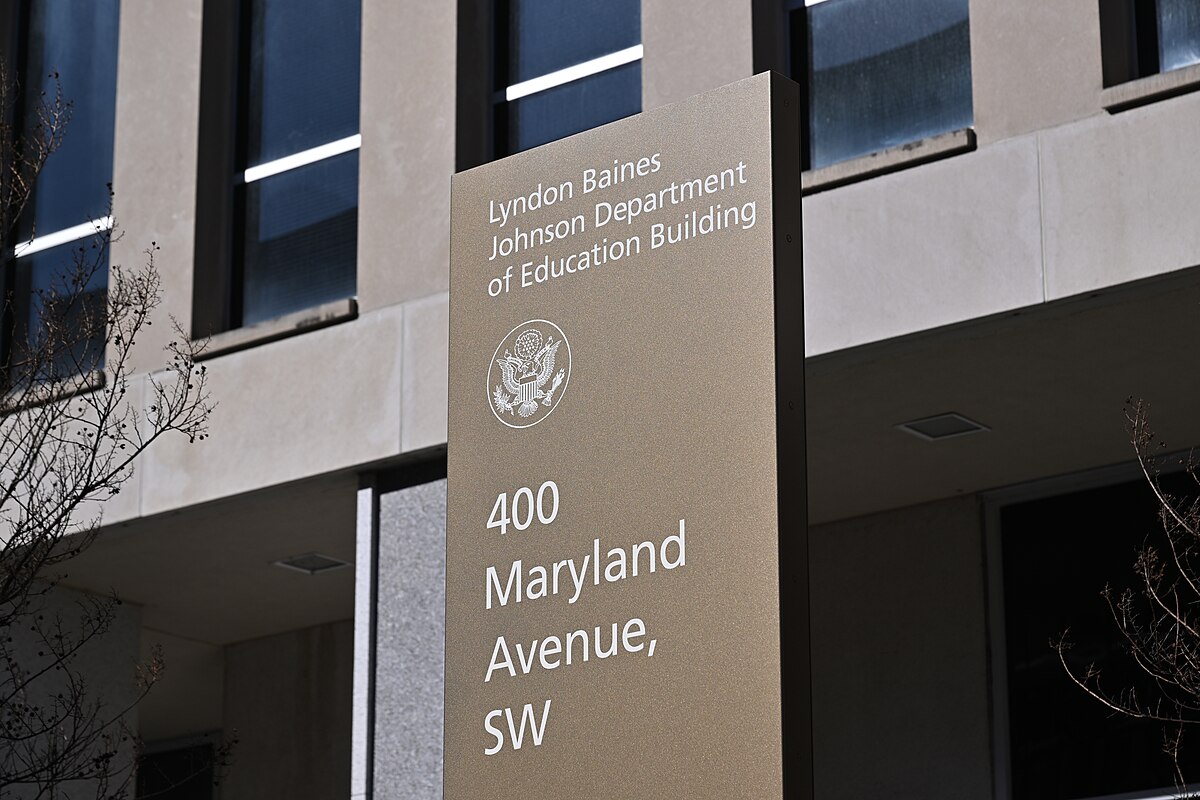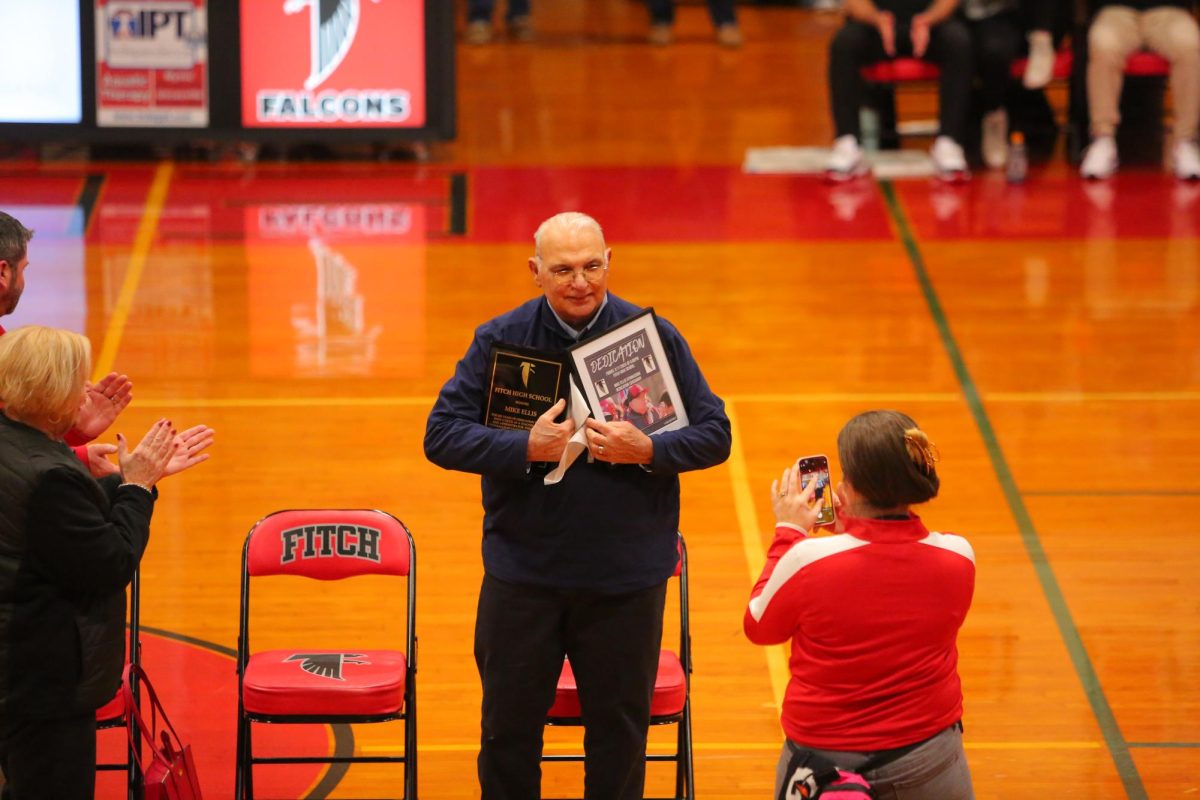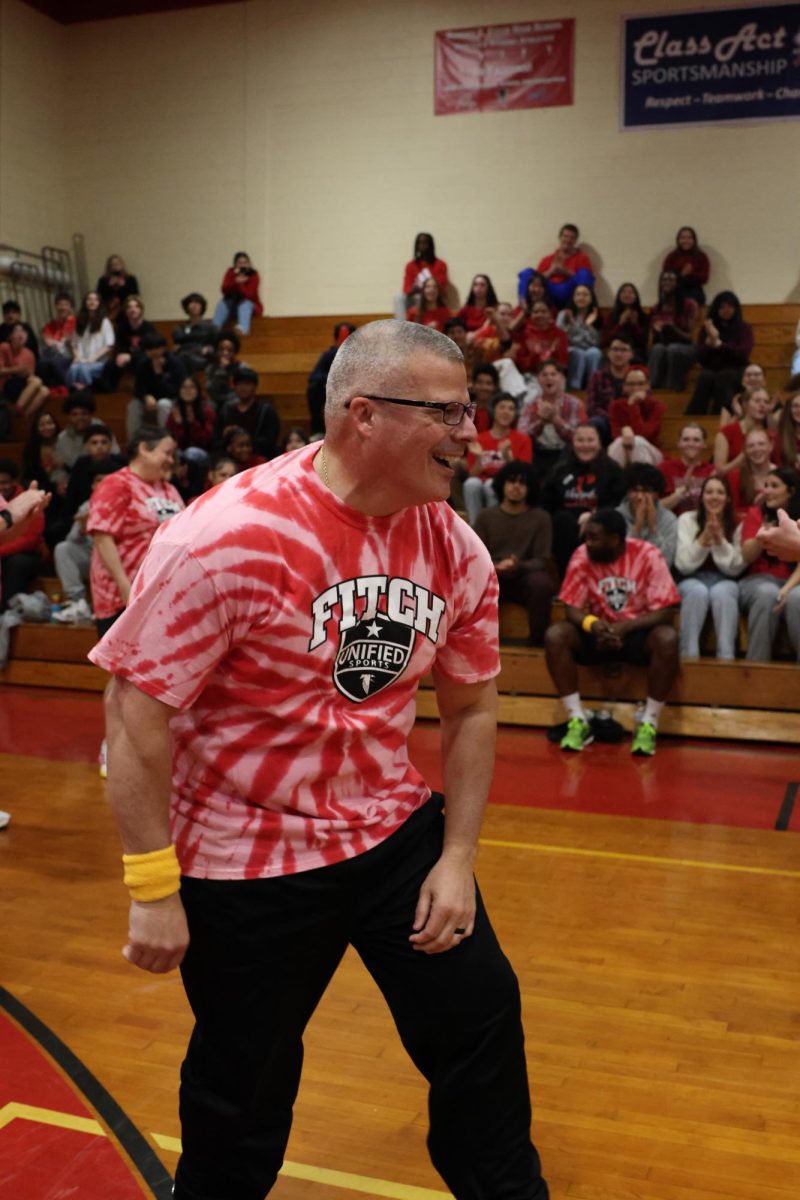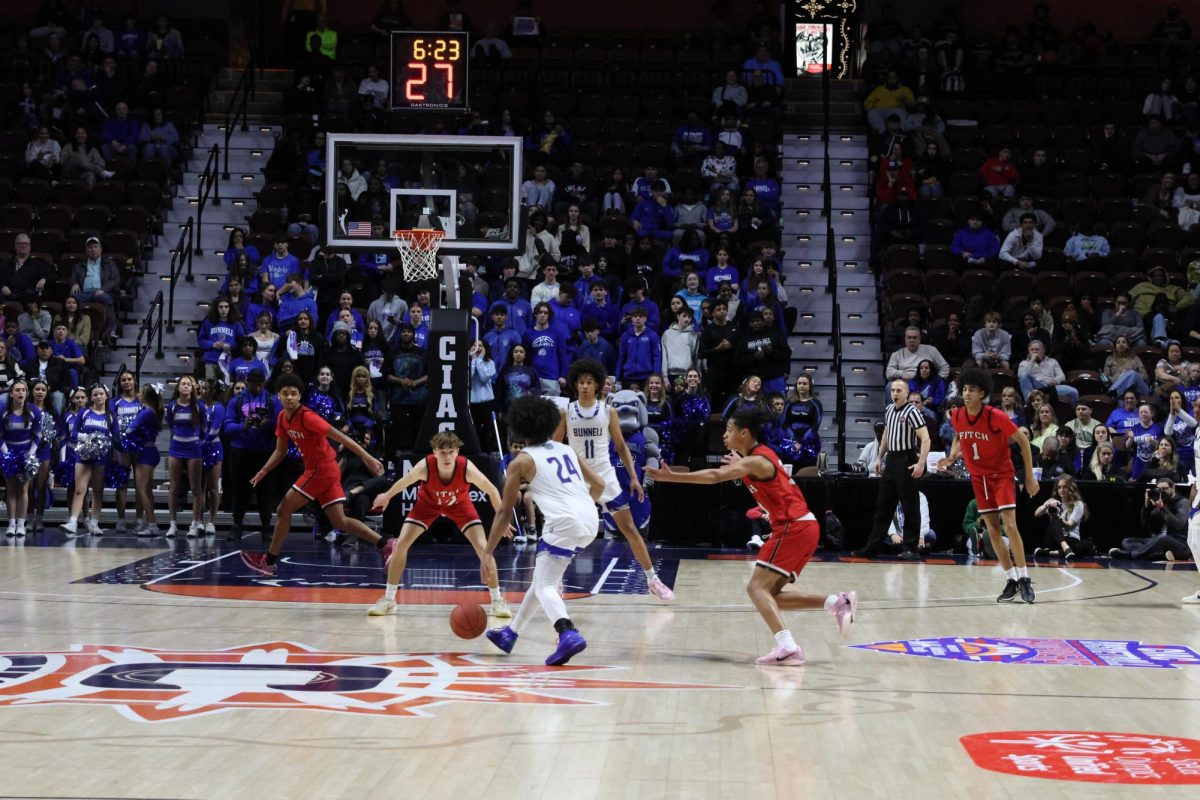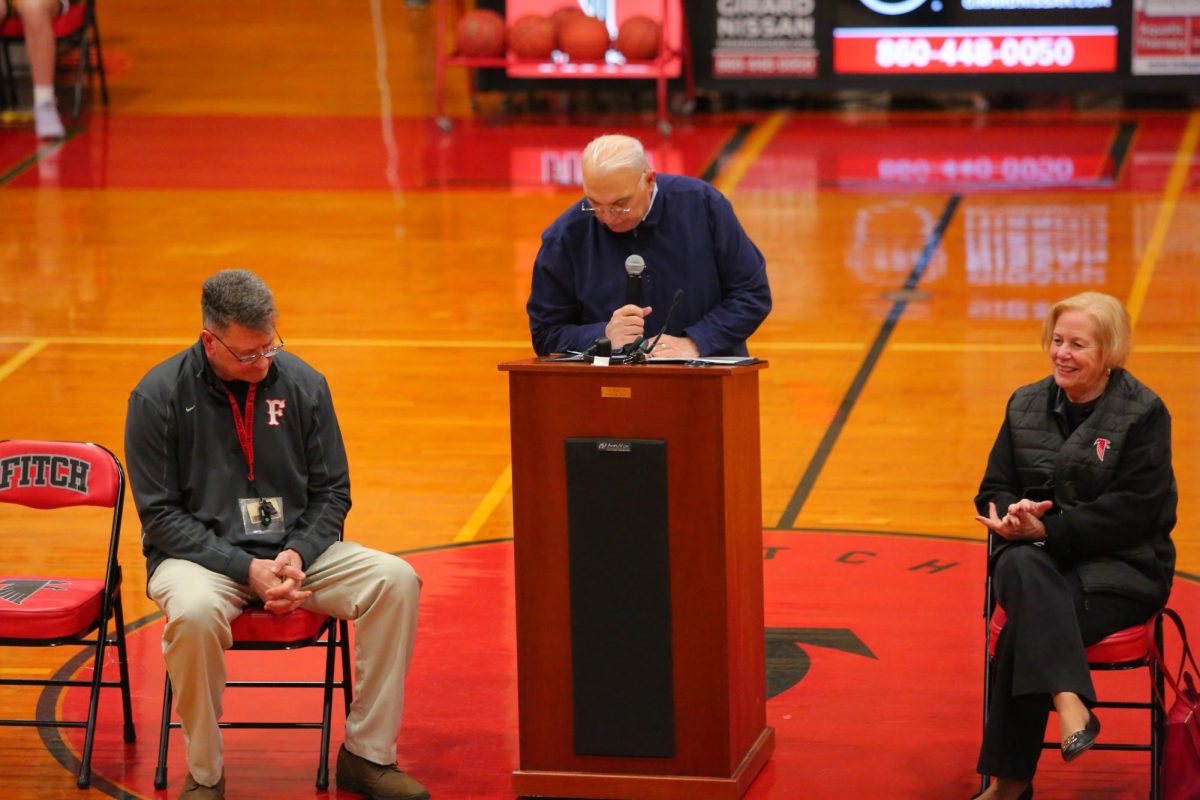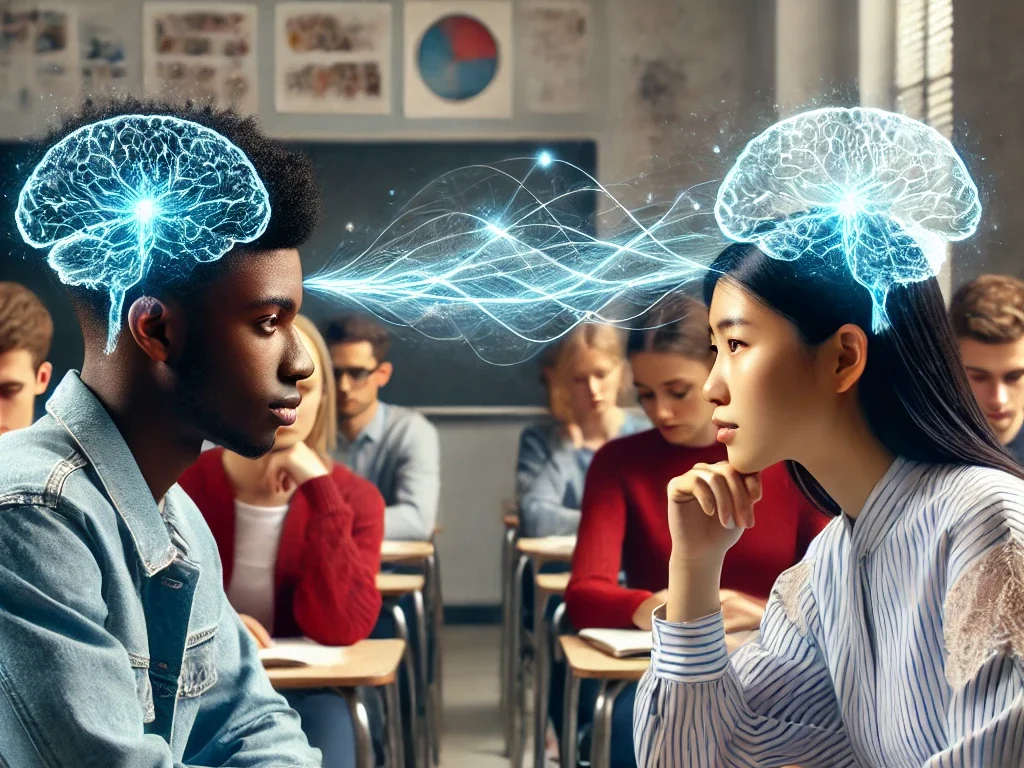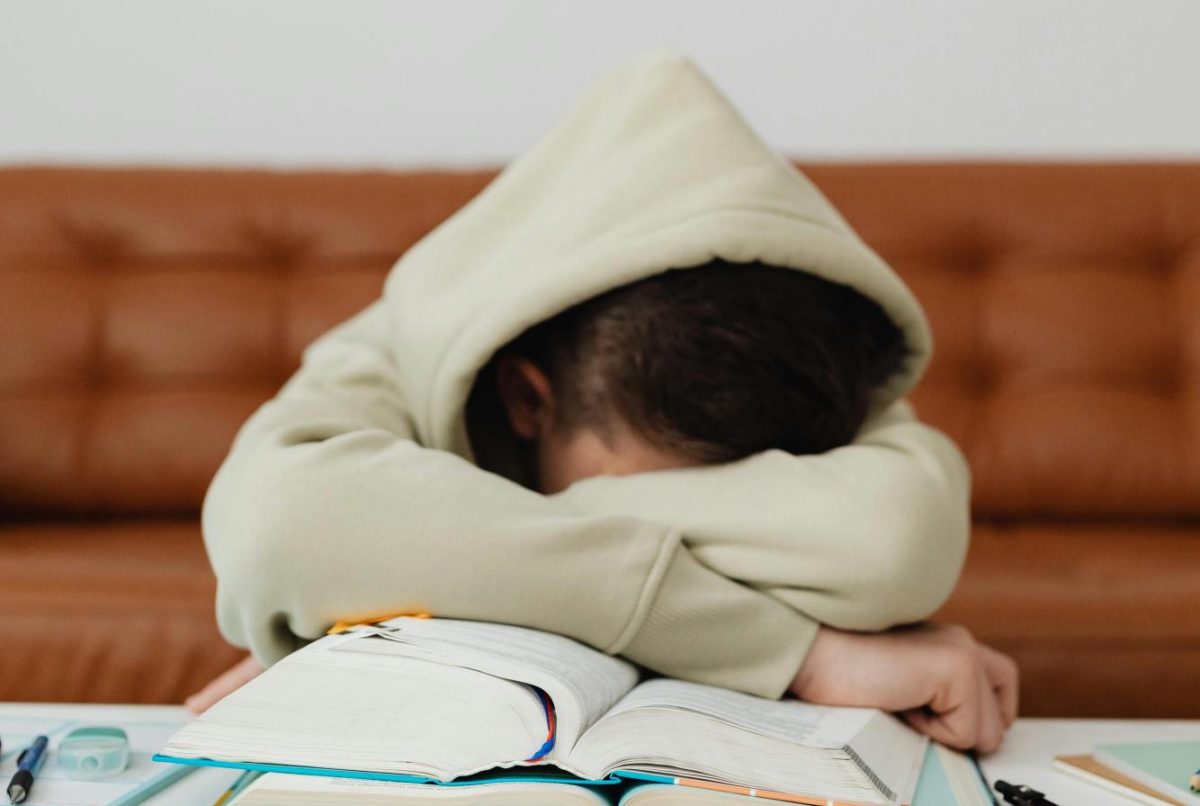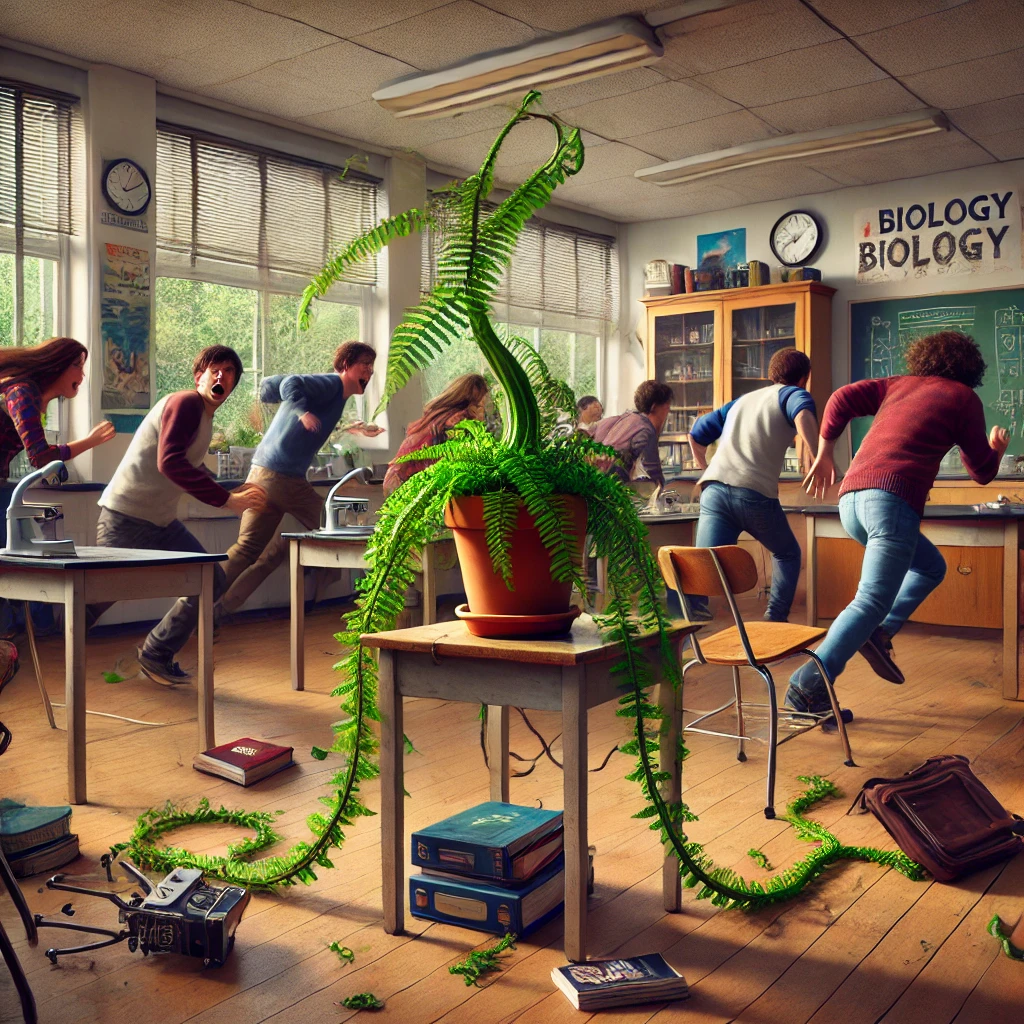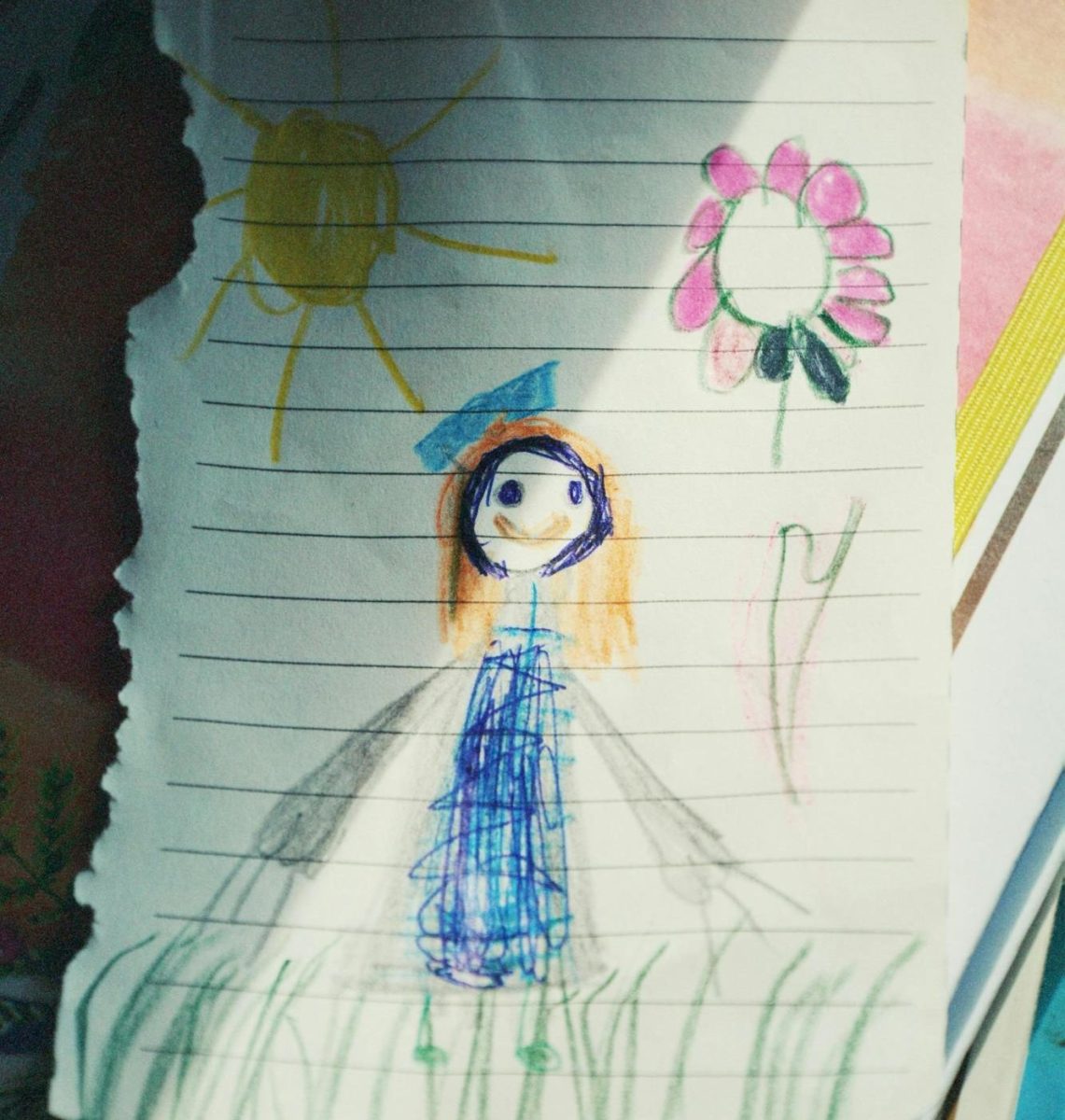Groton, CONN. – Teachers have now had over a year of experience with students using AI softwares to complete assignments, and while these instances of cheating are being caught, many teachers propose new ways to use AI in an educational and productive manner.
At the beginning of 2023, AI services such as ChatGPT, grew popular for students to be able to complete writing assignments with relative ease and with impressive believability, to the point where most wouldn’t be able to tell the difference. This was a part of the bigger AI boom where AI services like DALL-E 3 and GPT-4 were released to the public and the obvious consequence of this would be cheating in schools as AI could now easily complete most written assignments with ease, and a genuine touch of seeming like it was made by a human. But now, the landscape for many teachers looks a lot different than it did a year ago.
More recently, many new programs have been released since then whose purpose is specifically to root out and detect any AI code in student work. For instance, GPT Zero, a free online detector which reverse engineers the ChatGPT engine, can be used by teachers to easily find out if a work is made by AI. Brisk Teaching has a similar feature, and also allows teachers to use AI to create lesson resources, assignment rubrics, and translate texts into other languages.
However, most teachers find it obvious whenever a student tries to use the technology improperly, even without AI detectors.
“[Students] will plug in questions and just copy and paste the answers; there are definitely students taking sections of their essays that are 100% written by AI [and submitting them],” said Christopher Morth, International Baccalaureate (IB) Coordinator at Fitch and IB English teacher. “It is unfortunate, one, because it is obviously cheating, and two, it’s oftentimes very easy to spot because it’s not even being done well… it sticks out like a sore thumb.”
Some teachers also believe that AI is diminishing their abilities to clearly see what their students are thinking and their process when doing assignments.
“I believe the brain is a computer, and in my English classes I only want my own students’ ideas,” said Daniel Giovinazzo, English teacher. “I think it’s a slippery slope when it comes to AI and plagiarism. When I spend my Saturday reading papers, I want to read my students’ minds, not something they got off of a machine.”
Most students lack the knowledge on potential proper uses of AI and its place in education. Some English teachers believe that it can be used for educational purposes, as an assistant to learning, for instance.
“Let’s say you’re writing your introduction, and it just doesn’t sound great, you’ve got some clunky sentences, you could copy and paste that into ChatGPT and ask it for suggestions for how to increase the fluency of your language. Or maybe you’ve finished up your body paragraph and you really need a transition sentence, ” Morth said of productive uses for AI in the classroom. “I think that if you use ChatGPT like a writing tutor to help polish your writing, that may be a great idea, […] but just expecting it to do all of the work for you is fairly easy to spot, and then obviously you’re not learning anything from the process.”
For students, understanding teachers’ policies on AI use of any type is critical before using it in graded assignments. Most teachers would see any direct phrases, sentences, or paragraphs written by AI to be plagiarism, but using it for suggestions on language fluency, ideas, or grammar may be more permissible.
While Morth is highly edified on the topic, he is not the only teacher at Fitch with opinions on the subject of AI in the classroom.
“I think, educationally, it can probably be used as a good tool to enrich and aid and provide support,” said Todd Higgins, Social Studies Department Chair. “But I think you have to be really careful about how far and to what degree students use it as far as plagiarism. I think students and teachers just have to be mindful of the fact that it probably can be used in some way that could prove to be helpful; it just takes education and learning about it so that students can be aware of what crosses the line to plagiarism.”
Some teachers have not had much experience with the technology, but still have clear perspectives on its risks and potential.
“I don’t know enough about it yet or if it will hinder their learning or actually help,” said Dr. Anne-Keefe Forbotnick, MYP Coordinator and IB Sports Exercise and Health Sciences teacher. “I do think that if [students] cite it, then I don’t see a problem with that, [but] if they are going to use AI for the entire paper or project that they’re working on, then there is an issue.”
For other teachers, the benefits are clear not only for their students, for their own lesson planning.
“I use AI a lot in [IB] Global Politics for examples [of topics in relation to a lesson],” said Sarah Norman, who teaches IB, AP, and Civics. “With AP, [I am told] what types of examples I should provide with the foundational documents and cases. But with IB, [I am told] I have a few units, but not what case studies to use, so sometimes I’ll use AI to give me an idea of case studies I could potentially use in my classroom. I won’t rely on it for my lessons, just for me to get some ideas going.”
Every teacher sees AI in different and unique ways. This empowers the discussion in understanding the usage of AI in schools by students and teachers alike. Along with this, the contrasts between teachers can make it difficult to assess whether or not AI should be used by students, in what subjects, and to what extent.
Ultimately, it would take a clear policy from the district to understand the future of AI in school. But with the technology evolving rapidly, it’s difficult to say when or if such a policy could be developed.

